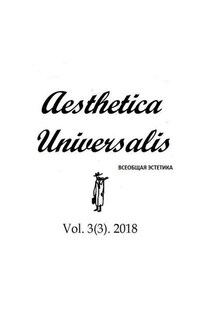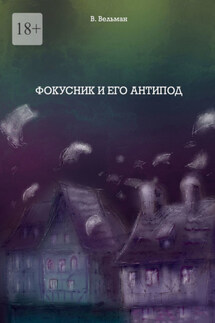Vol. 3 (3). 2018 - страница 19
Elements of this interpretation are anticipated by Kandinsky’s work.
Homi Bhabha has proposed, in his complex, multi-disciplinary chapter, «The Other Question: Stereotype, discrimination and the discourse of colonialism’, an alternative to the binary oppositions identified by Said.66 Bhabha also largely agrees with Said’s thesis that Orientalism is a «regime of truth’ which creates «the Orient’ as a unified zone of the world.67 He produces a more subtle reading, however, with his focus on stereotyping.68 He is not interested in the stereotype as a wholly positive or negative characterisation; rather, he explores its inherent «ambivalence’: an expression of ««otherness» which is at once an object of desire and derision.»69 Looking at Kandinsky’s abstract-Orientalist paintings as ambivalent images allows the complex nature of this important and underestimated group of paintings to be revealed. At one level, the Orientalist themes express Kandinsky’s yearning for the spirituality he associates with «the Orient’ while simultaneously exposing his tendency to reduce «the Orient’ to a homogenous, undifferentiated whole. And at another level, he relies on conventional Orientalist themes that play to the desires of his viewers while simultaneously rejecting artistic conventions through his dissolution of form.
Exhibitions as Catalysts
The intellectual catalyst for Kandinsky’s abstract-Orientalist paintings was, this study proposes, two exhibitions in Munich in 1909 and 1910, both of which he reviewed for the Russian art journal Apollon.
In 1909, Kandinsky visited «Japanese and East Asian Art». Featuring 1,276 works, this exhibition took place at what turned out to be the start of Kandinsky’s intellectual commitment to spiritual content in his art.70 He wrote about the exhibition:
Here, along with the truly Oriental gift for combining the subtlest details into an overall consonance, one finds landscapes of an extraordinary breadth and abstraction in the handling of colour and form, subordinated to a sense of rhythm that is the pure expression of a unique, wholly artistic temperament. Again and again, so much that is part of Western art becomes clear when one sees the infinite variety of the works of the East, which are, nonetheless, subordinated to and united by the same fundamental «tone’! It is precisely this general «inner tone’ that the West lacks. Indeed it cannot be helped: we have turned, for reasons obscure to us, away from the internal and toward the external. And yet, perhaps we Westerners shall not, after all, have to wait too long before the same inner sound, so strangely silenced, reawakens within us and, sounding forth from the innermost depths, involuntarily reveals its affinity with the East – just as in the very heart of all peoples, in the now darkest depths of the spirit, there shall resound one universal sound, albeit at present inaudible to us – the sound of the spirit of man.71
Coming at a time when Kandinsky was seeking new content that would be identifiably spiritual, this exhibition revealed the potential to achieve his artistic objectives by reference to the «Oriental gift’ with its «inner tone’. Although there is no way of knowing definitively whether the exhibition inspired his links between «the Orient’, spirituality and abstraction, or whether it coincided with ideas he had already read about, its powerful effect on Kandinsky at this formative time is evident from the quote above.






